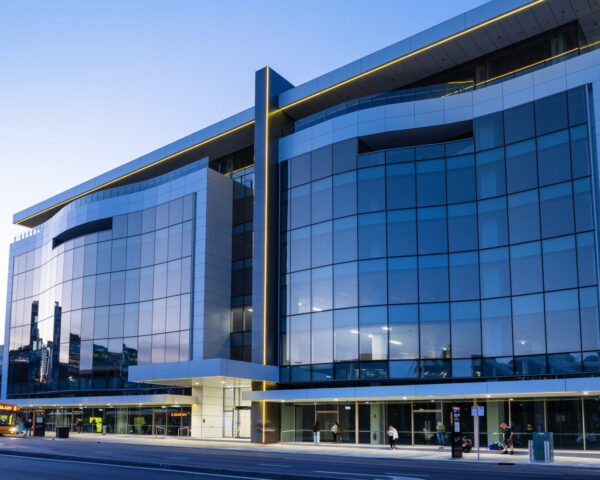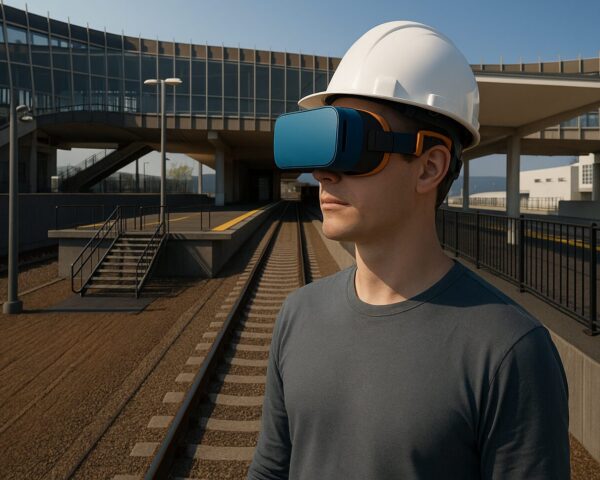How Built Environs brought immersive technology to life at Flinders Medical Centre
Pushing boundaries with VR
At Built Environs, innovation is a practical tool we use to solve complex problems. On the Flinders Medical Centre project, we introduced advanced Virtual Reality (VR) technology to help clinical teams and designers experience and refine key clinical spaces before construction even began.
By converting detailed Building Information Modelling (BIM) models into fully immersive, interactive walkthroughs, we created an environment where decisions could be made with clarity, precision, and confidence.
The challenge
The project called for coordination across multiple clinical spaces — but there was only capacity for one physical prototype room. With budget constraints, spatial limitations, and the expectations of a highly specialised healthcare environment, traditional floor plan drawings and artist impressions weren’t enough.
Key challenges included:
- Multiple rooms under review, but no space for full-scale physical mock-ups
- Complex user needs requiring clear spatial understanding
- Potential for misalignment between clinical and design expectations
Our VR approach
Working with the project team our digital team developed six interactive VR room simulations using Unreal Engine. These virtual rooms were:
- Fully walkable and rendered to 1:1 scale
- Interactive – including medical equipment, service outlets, and adjustable features
- Used in structured on-site workshops with project stakeholders
- Designed to allow real-time adjustments and feedback
A built-in recording feature captured comments and observations for review and action.
Key benefits delivered
This approach brought tangible benefits to the project team and end users:
Better spatial understanding: Stakeholders experienced the real scale of rooms, improving design confidence.
Faster, more informed decision-making: Equipment placement, sight lines, and workflow movement could be tested early.
Improved collaboration: Clinical and design teams aligned on layout and function in a shared environment.
Cost-effective prototyping: VR eliminated the need for multiple physical mock-ups, saving time and budget.
What the team said
“The drawings made the rooms seem small – VR completely changed our perception” – Clinical stakeholder
“Being able to move and test ceiling-mounted equipment was a game-changer” – Design consultant
Setting a new benchmark
The Flinders Medical Centre VR integration shows how immersive technology can enhance the healthcare design process. By providing a realistic, interactive environment early in the design process, we enabled clearer decision-making, stronger stakeholder alignment, and reduced risk – all without the need for multiple physical mock-ups.
This approach reflects a shift in how complex spaces are being consulted on and reviewed, setting a new standard for collaboration, accuracy, and efficiency in project delivery.
Looking Ahead
Immersive technology continues to reshape how we collaborate and solve problems. At Built Environs, we’re integrating tools like VR into our delivery model to reduce risk, improve stakeholder outcomes, and streamline project delivery from day one.
________________________________________
Learn more about our expertise in healthcare projects: https://builtenvirons.com.au/projects/?sector=health-and-aged-care


